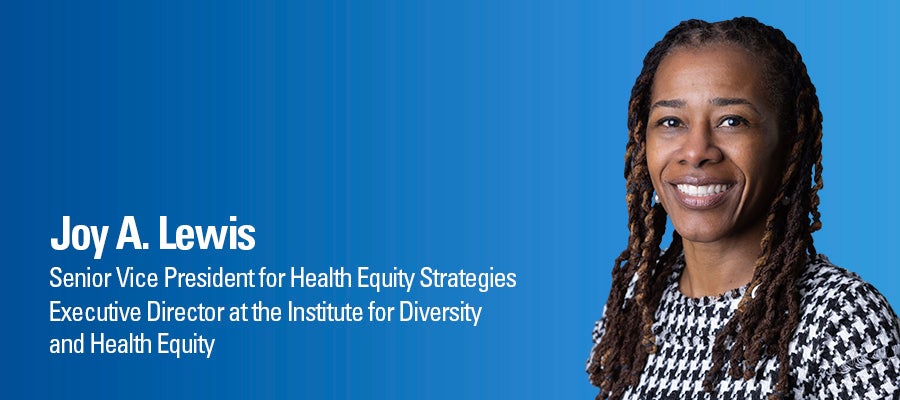Articles
Workforce Diversity, Inclusion, Reducing Healthcare Disparities
Sharing Successful Innovations and Lessons Learned to Advance Health Equity
What does it take to become an everyday champion for advancing health equity? How do hospitals and health systems successfully transition from planning to taking action and creating real cultural change?
Workforce Diversity, Inclusion, Reducing Healthcare Disparities
New AHA Toolkit Series to Advance Health Equity for All
AHA launches the first in a new series of toolkits designed to help hospitals and health systems make progress in advancing their health equity agenda.
Workforce Diversity, Governance and Leadership Diversity, Reducing Healthcare Disparities
How strategic alliances strengthen health equity, diversity and inclusion advancement
Nearly 55 years ago, during the 1966 Medical Committee of Human Rights Convention, the Rev. Dr. Martin Luther King Jr. declared, “Of all the forms of inequality, injustice in health care is the most shocking and inhumane.” Although there has been incremental progress toward achieving a more just health care system, Dr. King’s words still ring true today.
Novel Coronavirus (SARS-CoV-2/COVID-19), COVID-19: Vaccines and Therapeutics, Reducing Healthcare Disparities
Building Confidence Around COVID-19 Vaccines and Expanding Health Equity for All
With our nation’s COVID-19 vaccine administration rollout underway, policy influencers and advocacy groups are focusing on communities of color that have been disproportionately impacted by the fluctuating pandemic.
Rural issues, Innovation
Exploring Options to Deploy Capitated Payments to Enhance Primary Care in Rural Settings
This case study highlights examples of capitated payment agreements that serve to increase the use and improve the quality of primary care services in rural communities. These arrangements are deployed at several levels of care management and delivery in the public and private sectors, with payment to parties such as managed care organizations, community health workers and physicians. Most of these models are enmeshed in larger, multi-agreement payment models and serve as an example of how to leverage capitated payments for specific services in conjunction with other payment methodologies such as fee-for-service, pay-for-value, and global budgeting.
Rural issues
Rural health care: Big challenges require big solutions
Rural hospitals are often the largest local employer and help attract other businesses to the area, improving economic stability.
Rural issues, Innovation, Innovation/New Models of Care
How bold new ideas can advance health in rural communities
An invisible beam that detects ships and airplanes. An innovative drug that reduces cholesterol in a way no one has tried. The notion that tumors can be killed by choking off their blood supply. These things — radar, statins and anti-angiogenesis drugs, respectively — are taken for granted today. But when first proposed, they were laughed at, rejected and deemed impossible.
Rural issues, Access to Behavioral Health, Telehealth, Access to Care in Vulnerable Communities, Current & Emerging Payment Models, Social Determinants of Health
How two rural hospitals are engaging in innovative practices to meet the needs of their communities
AHA staff recently visited two rural hospitals to see and hear firsthand how leaders are engaging in innovative practices to increase accessibility and affordability for their communities.

